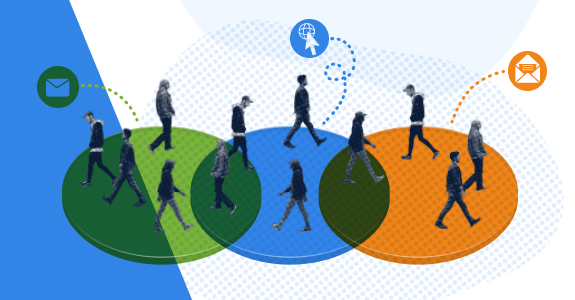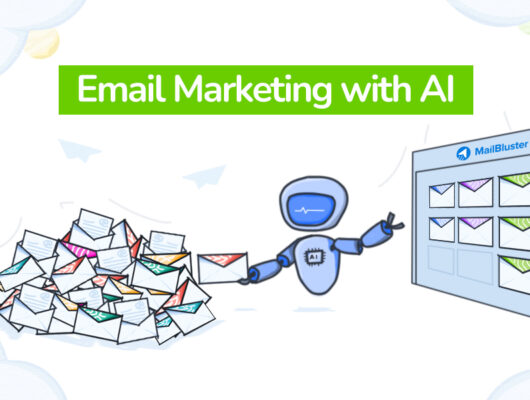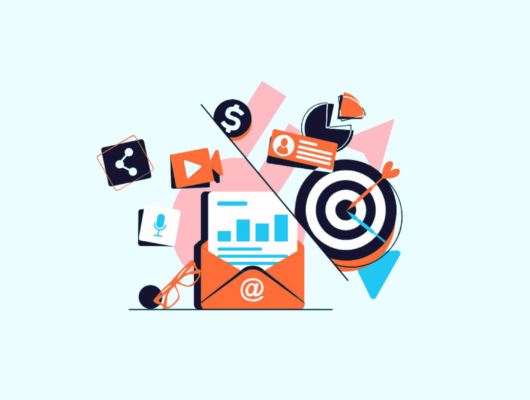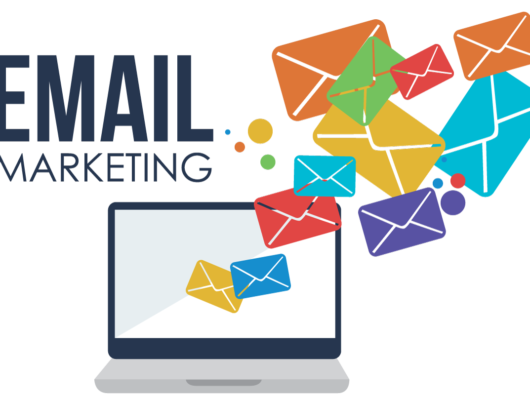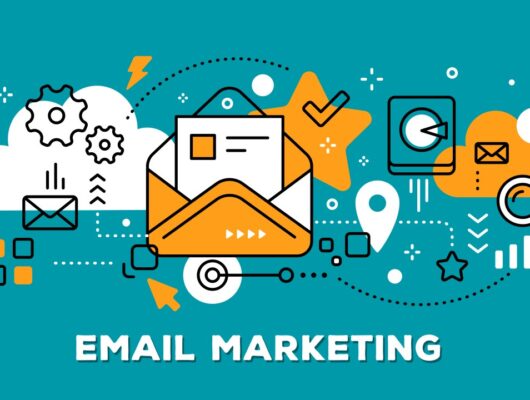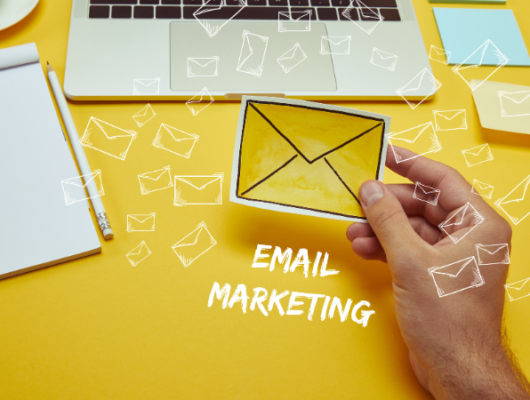In the competitive world of e-commerce, personalized marketing is crucial for driving engagement, enhancing customer loyalty, and increasing conversions. One of the most powerful tools at your disposal is email segmentation.
By dividing your email list into specific groups, you can send more relevant, targeted messages to your customers, leading to higher open rates, click-through rates, and ultimately, more sales.
While basic segmentation (such as demographics or past purchases) is a good starting point, advanced email segmentation takes things to the next level.
It involves using more sophisticated data points, including customer behavior, preferences, and predictive analytics, to craft highly personalized campaigns.
In this article, we’ll explore some of the most effective advanced segmentation strategies for e-commerce businesses.
1. Behavioral Segmentation: Targeting Based on Actions
Behavioral segmentation involves grouping customers based on their interactions with your website and emails. This goes far beyond simple demographic data and takes into account how customers are engaging with your brand.
Key Behavior-Based Segments:
- Browsing behavior: Customers who’ve browsed specific categories or products but haven’t made a purchase. You can target them with relevant recommendations or incentives.
- Cart abandonment: Segment users who added items to their cart but didn’t complete the purchase. Send them a reminder email or offer a discount to encourage them to complete the transaction.
- Email engagement: Segment users based on how they interact with your emails. For example, those who frequently open and click through your emails may receive more exclusive offers, while less engaged users might benefit from a re-engagement campaign.
Why It Works:
Behavioral data is often a more accurate predictor of future purchases than static demographic data. By tailoring your emails to each user’s specific behaviors, you provide a personalized experience that drives conversions.
2. Recency, Frequency, and Monetary Value (RFM) Segmentation
RFM segmentation is a well-established method in e-commerce for identifying high-value customers. This method analyzes three key factors:
- Recency (R): How recently a customer has made a purchase.
- Frequency (F): How often a customer makes a purchase within a certain timeframe.
- Monetary Value (M): How much money a customer spends over a given period.
Using RFM data, you can categorize customers into different segments, such as:
- VIP customers: Recent buyers who purchase frequently and spend a lot.
- Loyal customers: Frequent buyers who may not always spend a lot but are highly engaged with your brand.
- At-risk customers: Customers who haven’t bought in a while but used to make frequent, high-value purchases.
Why It Works:
RFM segmentation helps you identify your best customers, so you can focus on retaining them with loyalty programs, personalized discounts, and special offers. Similarly, it helps identify at-risk customers who may need a re-engagement campaign to bring them back into the fold.
3. Product Affinity Segmentation: Tailoring Based on Preferences
Product affinity segmentation involves grouping customers based on their past purchasing behavior and the types of products they tend to buy together. By understanding which products complement each other, you can create highly targeted cross-sell and upsell campaigns.
Key Segmentation Strategies:
- Cross-sell: If a customer buys a product from one category, recommend complementary products from a different category. For example, if someone buys a camera, you could offer them lenses, memory cards, or tripods.
- Upsell: For customers who’ve purchased a lower-tier product, send them offers for higher-end versions of the same product.
Why It Works:
This type of segmentation ensures that you’re recommending products that customers are actually interested in, making them more likely to purchase. By targeting customers based on their demonstrated preferences, you’re increasing the relevance of your emails.
4. Demographic and Psychographic Segmentation
While demographic data (age, gender, location) is commonly used in basic segmentation, psychographic data goes a step further by considering customers’ lifestyles, values, and interests. Combining demographic and psychographic segmentation gives you a more rounded view of your customers.
Key Demographic Segments:
- Age groups: Young adults, middle-aged professionals, and seniors often have different shopping habits and preferences.
- Geographic location: Tailor emails based on regional preferences, weather-related product promotions, or local events.
Key Psychographic Segments:
- Lifestyle: Health-conscious individuals, tech enthusiasts, or fashion-forward customers have distinct preferences.
- Shopping behavior: Price-sensitive shoppers, luxury buyers, or those seeking convenience over choice.
Why It Works:
Psychographic and demographic segmentation helps you align your marketing strategy with your customers’ deeper motivations. Customers are more likely to respond positively to messages that speak directly to their values, desires, and life circumstances.
5. Predictive Segmentation: Anticipating Customer Needs
Predictive segmentation uses machine learning and data analytics to forecast customer behavior and segment your list accordingly. By analyzing historical data, you can predict when a customer is likely to make their next purchase, what products they’re likely to buy, and even when they might churn.
Key Predictive Segments:
- Next purchase prediction: Identify customers who are likely to buy soon based on their past purchase cycle and send them targeted reminders or discounts.
- Churn prediction: Identify at-risk customers who haven’t interacted with your brand in a while and send them re-engagement emails.
- Upsell/cross-sell prediction: Use predictive models to recommend products that are likely to appeal to customers based on past buying patterns.
Why It Works:
Predictive segmentation allows you to be proactive rather than reactive. By anticipating customer needs, you can send timely and relevant emails that increase the likelihood of a sale.
6. Loyalty and Reward-Based Segmentation
Building loyalty is a cornerstone of long-term e-commerce success. Advanced segmentation can be applied to your loyalty programs by identifying customers who are most engaged with your rewards system or those who need an incentive to return.
Key Loyalty Segments:
- Reward program members: Send personalized emails based on their reward points balance or upcoming rewards.
- Inactive loyalty members: Re-engage customers who haven’t redeemed their loyalty points or interacted with your brand for a while.
- Tier-based segmentation: Segment customers by their loyalty tier (e.g., bronze, silver, gold) and tailor offers and messaging to each group.
Why It Works:
Loyalty-driven segmentation encourages repeat purchases and deeper engagement with your brand. By rewarding customers at the right time, you keep them engaged and invested in your brand’s success.
Conclusion: Implementing Advanced Email Segmentation for Maximum Impact
Advanced email segmentation for e-commerce is about using data to create highly personalized and relevant experiences for your customers.
By incorporating behavioral data, RFM analysis, predictive analytics, and more, you can deliver messages that resonate with your customers, increase conversions, and foster long-term loyalty.
The key to success is not just collecting data, but analyzing it to uncover insights that inform your email marketing strategy. The more tailored and timely your emails are, the more likely your customers are to engage—and ultimately, make a purchase.
Start small by implementing one or two advanced segmentation strategies and test the results. With continuous optimization and a customer-centric approach, you’ll be able to create email campaigns that not only boost your sales but also strengthen your brand’s relationship with its customers.


